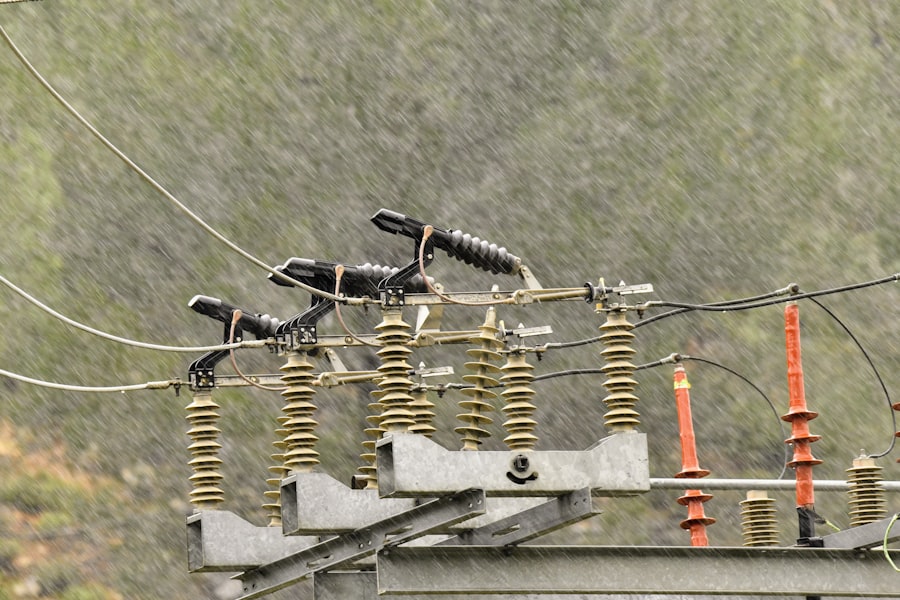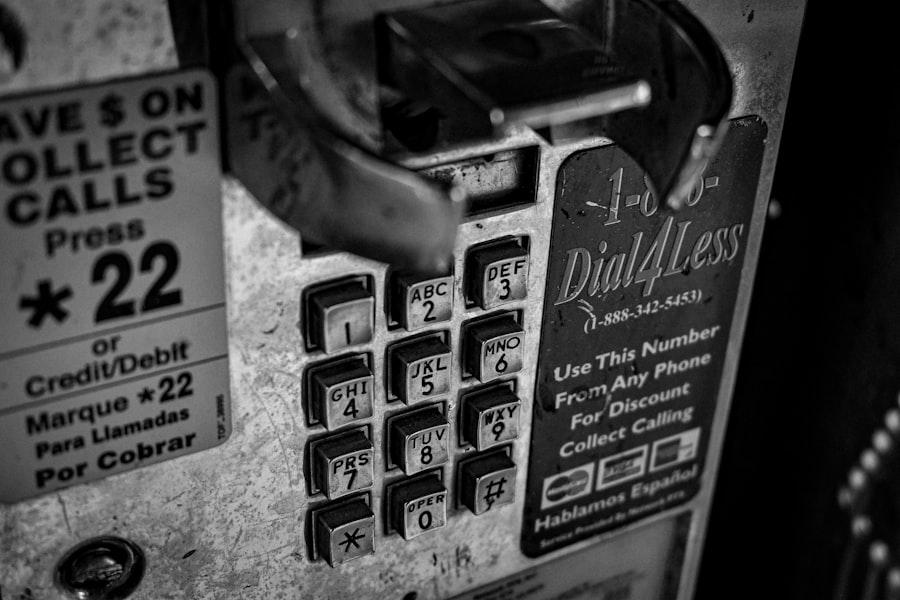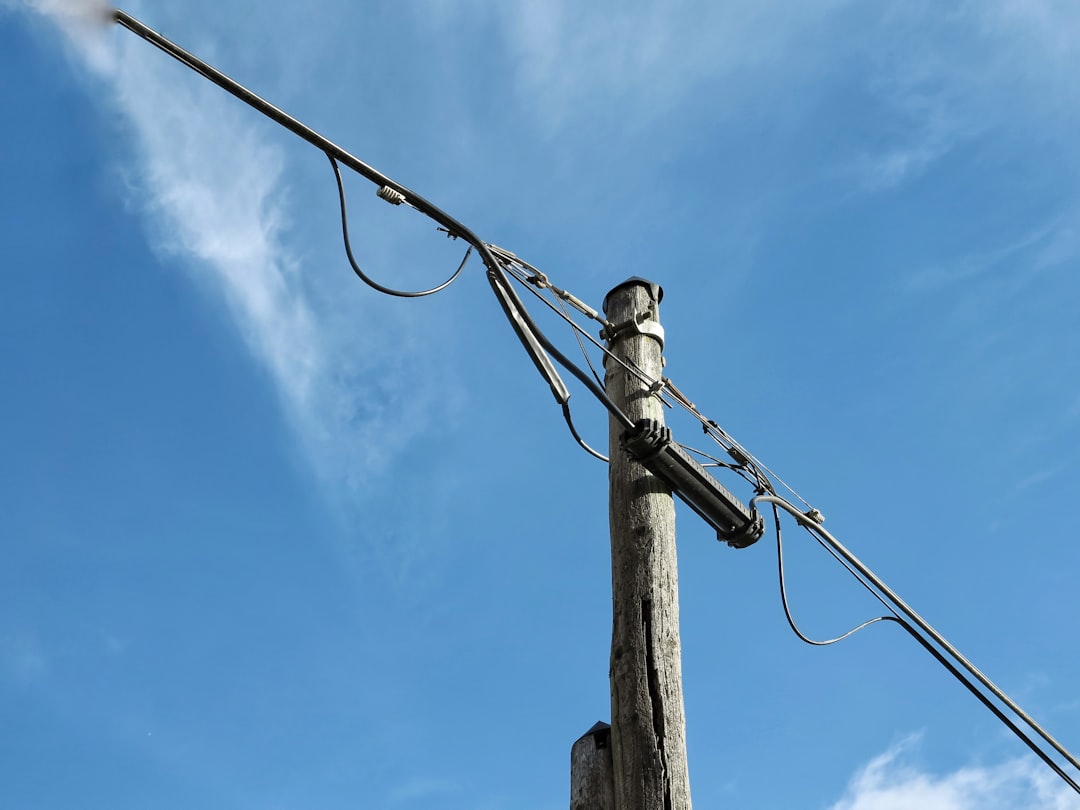Utility bill riders are additional charges or credits that appear on a consumer’s utility bill, often reflecting specific costs incurred by the utility provider. These riders can be associated with various factors, including infrastructure improvements, renewable energy initiatives, or fluctuations in fuel prices. Essentially, they serve as a mechanism for utilities to recover costs that are not covered by standard rates.
By incorporating these riders, utility companies can ensure that they maintain financial stability while also investing in necessary upgrades and services. The concept of utility bill riders can be somewhat perplexing for consumers who may not fully understand their purpose or how they are calculated. Riders can vary significantly from one utility provider to another, and they may change over time based on regulatory decisions or shifts in market conditions.
As such, it is crucial for consumers to familiarize themselves with these charges to better comprehend their overall utility expenses and make informed decisions regarding their energy consumption.
Key Takeaways
- Utility bill riders are additional charges or credits on your utility bill that adjust costs based on specific factors.
- They can either increase or decrease your total bill depending on the type and calculation method.
- Different types of riders serve various purposes, such as covering infrastructure costs or fuel price adjustments.
- Identifying riders on your statement helps you understand and manage your overall energy expenses.
- Managing and reducing riders involves monitoring usage, understanding provider policies, and disputing incorrect charges.
How do Utility Bill Riders Impact Your Bill?
Utility bill riders can have a substantial impact on the total amount a consumer pays each month. Depending on the type and number of riders applied, these charges can lead to noticeable fluctuations in the overall bill. For instance, a rider designed to recover costs associated with renewable energy projects may increase a consumer’s bill during periods of heavy investment in green technologies.
Conversely, a credit rider might reduce the bill if the utility has experienced lower operational costs. Moreover, the cumulative effect of multiple riders can be significant. Consumers may find that their base rate for electricity or gas is relatively stable, but the addition of various riders can lead to unexpected increases in their monthly expenses.
This variability can make budgeting for utility costs more challenging, as consumers may not anticipate the full extent of these additional charges. Understanding how riders work and their potential impact on bills is essential for effective financial planning.
Understanding the Different Types of Utility Bill Riders

There are several types of utility bill riders, each serving a distinct purpose and reflecting different aspects of utility operations. One common type is the fuel adjustment rider, which accounts for fluctuations in fuel prices that affect the cost of generating electricity. As fuel prices rise or fall, this rider adjusts accordingly, ensuring that consumers pay a fair price based on current market conditions.
Another prevalent type is the renewable energy rider, which supports investments in sustainable energy sources. This rider helps utilities fund projects aimed at increasing the share of renewable energy in their portfolios, such as wind or solar farms. Additionally, there are riders related to infrastructure improvements, which cover costs associated with upgrading aging equipment or expanding service areas.
Each of these riders plays a crucial role in shaping the overall cost structure of utility services and reflects the ongoing evolution of energy markets.
How to Identify Utility Bill Riders on Your Statement
| Rider Name | Description | How to Identify on Statement | Typical Impact | Example Metric |
|---|---|---|---|---|
| Fuel Cost Adjustment Rider | Adjusts charges based on fluctuations in fuel prices. | Look for line items labeled “Fuel Adjustment” or “Fuel Cost Rider”. | Variable increase or decrease depending on fuel market. | +/- 5% of base energy charge |
| Environmental Compliance Rider | Charges related to environmental regulations compliance. | Listed as “Environmental Rider” or “Compliance Charge”. | Additional fixed or variable fee. | 0.02 per kWh |
| Infrastructure Improvement Rider | Funds upgrades and maintenance of utility infrastructure. | Found under “Infrastructure Rider” or “Capital Improvement”. | Usually a fixed monthly fee. | 5 to 10 per billing cycle |
| Renewable Energy Rider | Supports renewable energy projects and programs. | May appear as “Renewable Energy Charge” or “Green Rider”. | Small additional charge per usage unit. | 0.01 to 0.03 per kWh |
| Demand Response Rider | Incentivizes reduced usage during peak demand periods. | Shown as “Demand Response” or “Peak Usage Rider”. | Variable based on peak consumption. | Up to 10% surcharge during peak hours |
Identifying utility bill riders on a statement can be straightforward if consumers know what to look for. Typically, these charges are listed separately from the base rate and may be labeled explicitly as “riders” or “adjustments.” Consumers should carefully review their bills for any line items that indicate additional fees beyond the standard service charge. In many cases, utility companies provide explanations or footnotes detailing each rider’s purpose and calculation method.
This information can often be found on the back of the bill or in an accompanying brochure. By taking the time to examine these details, consumers can gain a clearer understanding of how each rider contributes to their total bill and what factors may influence future charges.
The Purpose of Utility Bill Riders
The primary purpose of utility bill riders is to ensure that utility companies can recover specific costs associated with providing service while maintaining financial stability. These riders allow utilities to pass on certain expenses directly to consumers without needing to adjust base rates frequently. This mechanism provides flexibility for utilities to respond to changing market conditions and regulatory requirements.
For example, a renewable energy rider not only helps fund green projects but also informs consumers about the utility’s commitment to sustainability. By understanding the purpose behind these riders, consumers can better appreciate the complexities of utility pricing and the factors that influence their monthly bills.
How Utility Bill Riders Are Calculated

The calculation of utility bill riders can vary significantly depending on the type of rider and the specific policies of the utility provider. Generally, these calculations are based on a combination of historical data, projected costs, and regulatory guidelines. For instance, a fuel adjustment rider may be calculated using average fuel prices over a specified period, while a renewable energy rider might be based on anticipated project costs and expected returns on investment.
Utilities often submit their proposed rider calculations to regulatory agencies for approval before implementing them.
Consumers may find it beneficial to review these calculations when available, as they provide insight into how specific charges are determined and how they may change over time.
How to Manage and Reduce Utility Bill Riders
Managing and potentially reducing utility bill riders requires proactive engagement from consumers. One effective strategy is to monitor energy usage closely and identify opportunities for conservation. By reducing overall consumption, consumers can mitigate the impact of riders tied to energy generation costs.
Simple measures such as using energy-efficient appliances, adjusting thermostat settings, and utilizing smart home technology can lead to significant savings. Additionally, consumers should stay informed about changes in utility rates and riders by regularly reviewing their bills and any communications from their utility provider. Engaging with local advocacy groups or attending public meetings can also provide valuable insights into upcoming changes that may affect utility costs.
By being proactive and informed, consumers can take steps to manage their utility expenses more effectively.
Common Misconceptions about Utility Bill Riders
There are several misconceptions surrounding utility bill riders that can lead to confusion among consumers. One common belief is that all riders are inherently negative or represent hidden fees imposed by utilities. In reality, many riders serve essential purposes, such as funding infrastructure improvements or supporting renewable energy initiatives that benefit consumers in the long run.
Another misconception is that riders are static and do not change over time. In fact, utility bill riders can fluctuate based on market conditions, regulatory decisions, and changes in operational costs. Consumers should be aware that these charges are subject to review and adjustment, which means they may see variations in their bills from month to month or year to year.
The Impact of Utility Bill Riders on Your Energy Usage
Utility bill riders can influence consumer behavior regarding energy usage in various ways. For instance, when fuel adjustment riders increase due to rising fuel prices, consumers may become more conscious of their energy consumption habits and seek ways to reduce usage. This heightened awareness can lead to more sustainable practices and a greater emphasis on energy efficiency.
Conversely, when renewable energy riders result in lower bills due to increased investments in green technologies, consumers may feel encouraged to support such initiatives further. The interplay between utility bill riders and consumer behavior highlights the importance of understanding these charges and their potential impact on energy usage patterns.
How Utility Bill Riders Vary by Utility Provider
Utility bill riders can vary significantly from one provider to another due to differences in regulatory environments, operational costs, and service offerings. Some utilities may have more extensive renewable energy programs supported by dedicated riders, while others may focus primarily on traditional energy sources with fewer associated charges. This variability underscores the importance of comparing utility providers when evaluating options for service.
Additionally, regional factors can influence the types of riders implemented by utilities. For example, areas with abundant natural resources may have different fuel adjustment riders compared to regions reliant on imported fuels. Understanding these regional differences can help consumers make informed choices about their utility providers and anticipate potential changes in their bills.
Tips for Understanding and Managing Utility Bill Riders
To effectively understand and manage utility bill riders, consumers should adopt a proactive approach toward their utility bills. First and foremost, they should familiarize themselves with the specific types of riders applicable to their service provider and how these charges are calculated. This knowledge will empower them to make informed decisions regarding their energy consumption.
Additionally, consumers should regularly review their bills for any changes in rider amounts or new charges that may have been introduced. Engaging with customer service representatives from their utility provider can also provide clarity on any confusing aspects of their bills. Finally, participating in energy efficiency programs offered by utilities can help reduce overall consumption and mitigate the impact of fluctuating riders on monthly expenses.
In conclusion, understanding utility bill riders is essential for consumers seeking to manage their energy expenses effectively. By familiarizing themselves with the various types of riders, how they impact bills, and strategies for managing them, consumers can take control of their utility costs while supporting sustainable practices within their communities.
Understanding your utility bill can be a daunting task, especially when it comes to deciphering the various riders that may be included. For a deeper insight into this topic, you can refer to the article on how to read your utility bill riders, which provides valuable tips and explanations. To explore more about managing your finances and understanding utility costs, check out this related article: How Wealth Grows.
WATCH THIS! The Debt Trap: Why Private Equity Wants Your Power Company
FAQs
What is a utility bill rider?
A utility bill rider is an additional charge or adjustment added to your regular utility bill. It typically covers specific costs such as infrastructure improvements, regulatory fees, or temporary surcharges approved by the utility company or regulatory authority.
Why do utility bills have riders?
Riders are included to help utility companies recover costs that are not part of the standard service rates. These can include expenses for new projects, environmental compliance, or unexpected operational costs that require separate funding.
How can I identify riders on my utility bill?
Riders are usually listed as separate line items on your utility bill, often with a description and a specific charge amount. They may be labeled as “rider,” “surcharge,” or “adjustment” and are distinct from your base service charges.
Are utility bill riders permanent charges?
Not always. Some riders are temporary and remain on your bill only until the associated costs are recovered. Others may be ongoing if they fund continuous programs or regulatory requirements.
Can I dispute a rider charge on my utility bill?
If you believe a rider charge is incorrect or unclear, you can contact your utility provider for clarification. Disputes may be resolved by reviewing the charge details or consulting your local utility regulatory commission.
Do all utility companies use riders on their bills?
Many utility companies use riders, but the types and amounts vary depending on the company, location, and regulatory environment. Not all utilities have riders, and their presence depends on specific cost recovery needs.
How do riders affect my overall utility bill?
Riders increase the total amount you pay by adding extra fees beyond your base rate. The impact varies depending on the rider’s purpose and amount, so it’s important to review these charges to understand your total utility costs.
Where can I find more information about the riders on my utility bill?
You can find detailed information on riders by reviewing your utility company’s website, customer service materials, or regulatory filings. Your local public utility commission or regulatory agency may also provide explanations and updates on approved riders.
